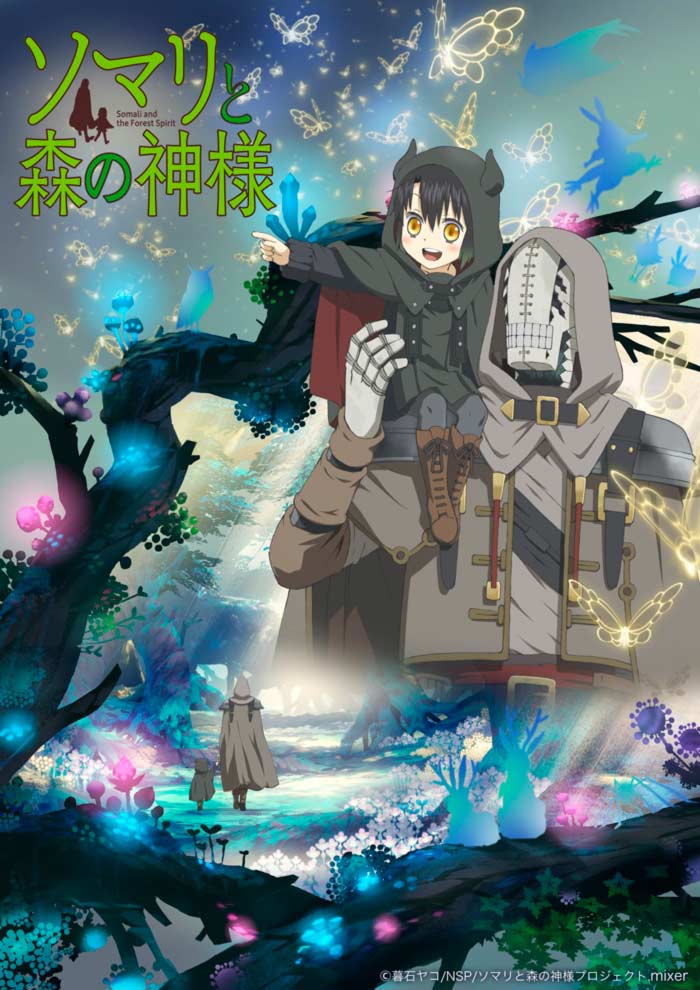
The other is that, after art school, she attended the independent study program at New York’s Whitney Museum. One is that Mori is a former fashion model, which explains her mostly razor-sharp way with the seductive power of imagistic style and glamour. If, like me, you are not fully conversant with the complex twists and turns of Japanese Buddhist iconography over the centuries, two things closer to home are helpful to know about the artist. Given Mori’s deft fusion of traditional imagery with up-to-the-minute materials and formats adapted from cartoons, advertising, Silicon Valley and MTV, it’s tempting to regard that Western Paradise as the idealized promise of modernity. “Pure Land” is plainly a reference to Pure Land Buddhism, a popular 10th century variant based on a belief in the soul’s potential for rebirth in a mythical Western Paradise. The animated cyborg-spirits become, well, animated, gaily seeming to dart about the room in which you stand, while the floating celestial nymph conjures a universe of sweet cosmic harmony. This image is also central to the brief 3-D video. She’s shown here, as she has been for centuries in Asian paintings and sculptures, as an idealized beauty in diaphanous robes-seemingly weightless and floating through the air. Mori casts herself in the central role of Kichijoten, goddess of wealth and good fortune. In style, imagine something from the Jetsons by way of Tibet. Accompanied by a hovering retinue of cartoonlike robot-spirits, each sitting on a puffy little cloud and playing a musical instrument, the deity floats above a lotus blossom. The most compelling of the four is “Pure Land,” in which the stark beauty of the Dead Sea is presided over by a richly garbed deity. Water, wind, fire and earth comprise their fundamental elements, all elaborated by a cast of ornamented characters that projects traditional Buddhist prototypes into futuristic settings. Each is a picture of a void in nature, but paradoxically the spaces feel filled-stuffed with nothingness. Encircling the globe, the photographs were taken at Israel’s Dead Sea, China’s Gobi Desert, Arizona’s Painted Desert and a stalactite-studded cave in France. Nirvana is not something typically associated with billboards, 3-D glasses and colored plastic.Īs images, they’re ethereal. Nirvana, of course, is the exalted state of perfect blessedness in Buddhist religion and philosophy, achieved by the extinction of individualized existence and the absorption of the soul into a supreme spirit. Finally, in a gallery down a short hallway, a 6-foot-tall, tear-shaped form of clear acrylic encloses an open lotus flower, which gleams in a vivid hyper-rainbow of translucent green, yellow, orange, red and blue plastic. Nearby, a darkened room houses a 3-D video projection, its dreamy illusions of floating imps witnessed with the aid of plastic glasses. The central gallery houses four sleek, billboard-size photographs that have been digitally manipulated in surprising ways.


“Nirvana” (1996-98) is composed of three parts.

The 30-year-old artist makes an impressive solo debut in Los Angeles. Eliel, it sounds with the clarity of a glass bell. Mori has her own distinctly compelling voice, though, and at LACMA, in the Contemporary Projects show organized by curator Carol S. And, like the work of Matthew Barney, wild fantasy and operatic spectacle are this young artist’s often gaga means for achieving it. “Nirvana,” the giddy new installation at the Los Angeles County Museum of Art by Tokyo- and New York-based artist Mariko Mori, seamlessly fuses East with West, tradition with iconoclasm, and ancient philosophy with modern ideals, all in heady and ingratiating ways.Īs in the photographic work of Ruben Ortiz Torres, an authentically multicultural vision is proposed as a hybrid state of consciousness, drawn from a spectrum of diverse sources, rather than as a simple reversal of established relationships between the mainstream and the margins.


 0 kommentar(er)
0 kommentar(er)
